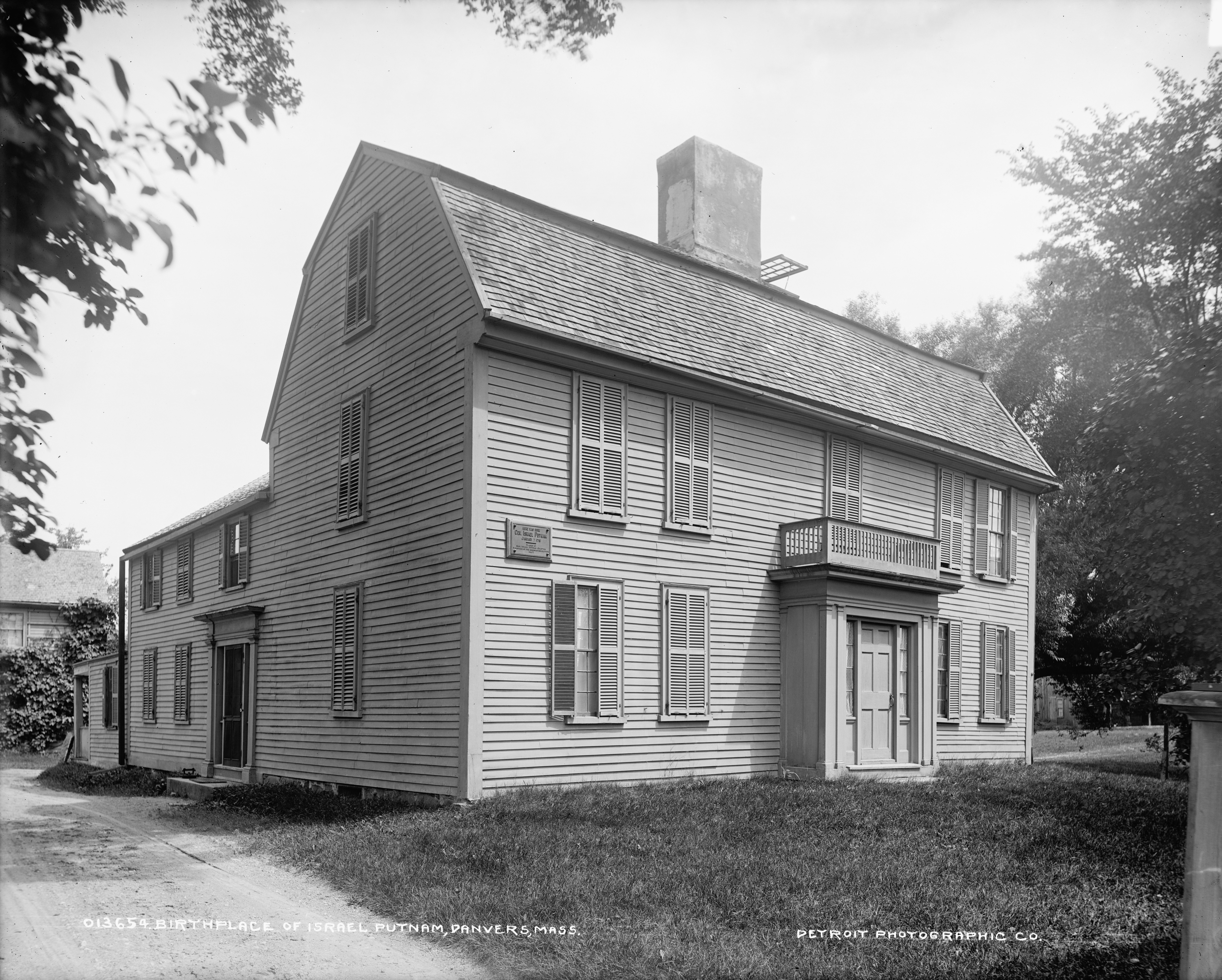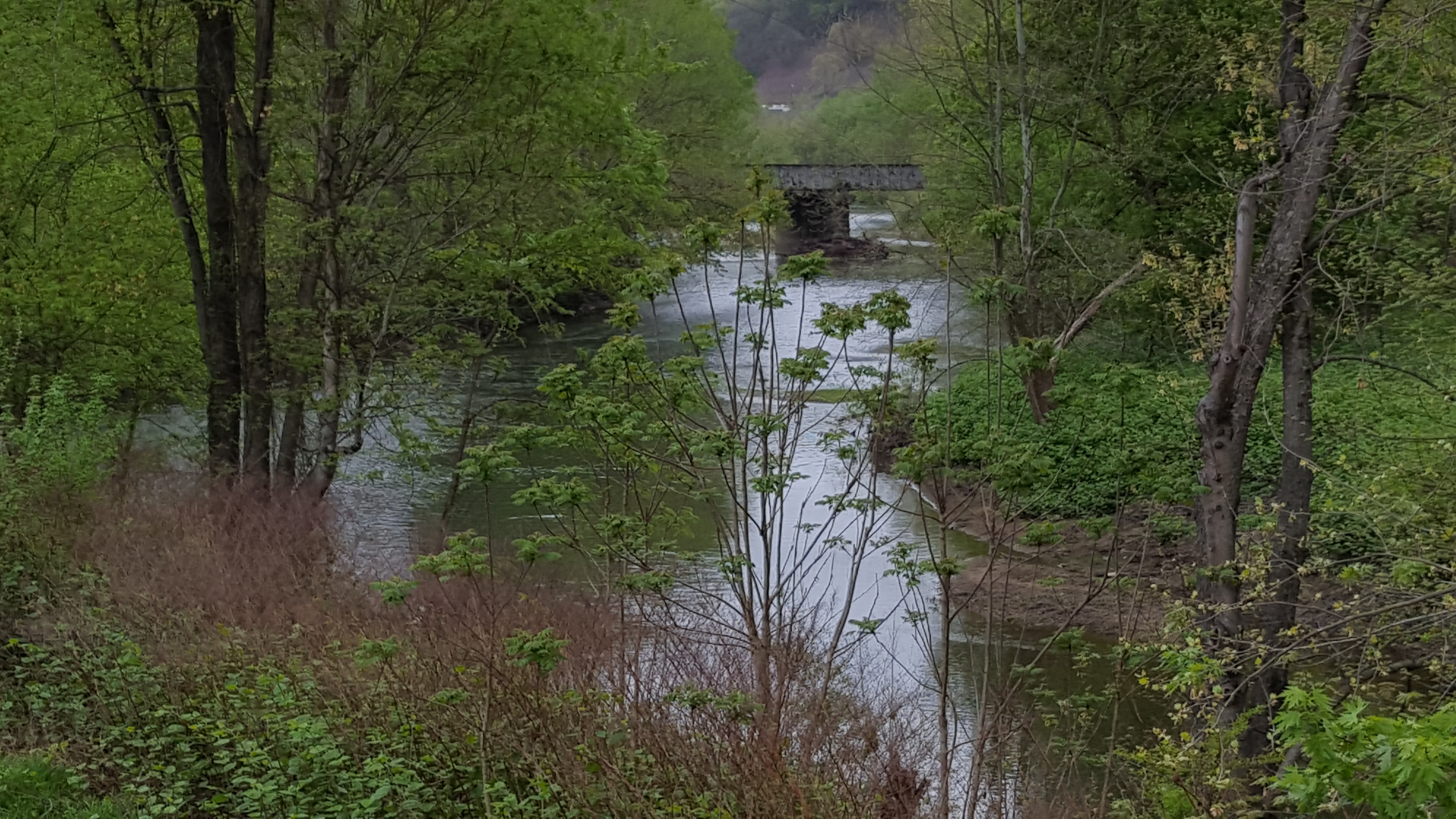|
Putnam County, Tennessee
Putnam County is a county located in the U.S. state of Tennessee. As of the 2020 census, the population was 79,854. Its county seat is Cookeville. Putnam County is part of the Cookeville, TN Micropolitan Statistical Area. History Putnam County is named in honor of Israel Putnam, who was a hero in the French and Indian War and a general in the American Revolutionary War. The county was initially established on February 2, 1842, when the Twenty-fourth Tennessee General Assembly enacted a measure creating the county from portions of Jackson, Overton, Fentress, and White counties. After the survey was completed by Mounce Gore, the Assembly instructed the commissioners to locate the county seat, to be called "Monticello," near the center of the county. Contending, however, that the formation of Putnam was illegal because it reduced their areas below constitutional limits, Overton and Jackson counties secured an injunction against its continued operation. Putnam officials faile ... [...More Info...] [...Related Items...] OR: [Wikipedia] [Google] [Baidu] |
Israel Putnam
Israel Putnam (January 7, 1718 – May 29, 1790), popularly known as "Old Put", was an American military officer and landowner who fought with distinction at the Battle of Bunker Hill during the American Revolutionary War (1775–1783). He also served as an officer with Rogers' Rangers during the French and Indian War (1754–1763), when he was captured by Mohawk people, Mohawk warriors. He was saved from the ritual burning given to enemies by the intervention of a French officer with whom the Mohawk were allied. Putnam's courage and fighting spirit became known far beyond his home of Connecticut's borders through the circulation of Folklore, folk legends in the American colonies and states celebrating his exploits. Early life Israel Putnam was born in 1718 in Salem Village (now Danvers, Massachusetts, Danvers), Massachusetts to Joseph and Elizabeth (Porter) Putnam, a prosperous farming Puritan Putnam family, family. His parents had opposed the Salem witch trials in the 1690 ... [...More Info...] [...Related Items...] OR: [Wikipedia] [Google] [Baidu] |
White County, Tennessee
White County is a county located in the U.S. state of Tennessee. As of the 2010 census, the population was 25,841. Its county seat is Sparta. History On September 11, 1806, an act of the Tennessee General Assembly created White County out of Smith and Jackson counties, responding to a petition signed by 155 residents of the area. The county's original geographic area included all of what are now White and Warren counties, as well as parts of modern Cannon, Coffee, DeKalb, Franklin, Grundy, Putnam, and Van Buren counties.Brief History of White County White County TNGenWeb Project website, accessed May 2, 2008 The origin of the county's name is disputed. The county is officially held to be named for John White (1751–1846), a [...More Info...] [...Related Items...] OR: [Wikipedia] [Google] [Baidu] |
Obey River
The Obey River is a U.S. Geological Survey. National Hydrography Dataset high-resolution flowline dataThe National Map, accessed June 8, 2011 tributary of the Cumberland River in the U.S. state of Tennessee. It joins the Cumberland River near the town of Celina, which is generally considered to be the Cumberland's head of navigation. Via the Cumberland and Ohio rivers, the Obey River is part of the Mississippi River watershed. Near its mouth, the Obey is impounded by the U.S. Army Corps of Engineers Dale Hollow Reservoir, site of a fish hatchery run by the federal government. This dam impounds the Obey for essentially its entire length, causing slack water well up both major tributaries, the East and West Forks. This lake is relatively deep due to the height of the dam and the depth of the gorges through which the Obey and its tributaries flowed; the impoundment also enters Kentucky in its Wolf River and Sulphur Creek embayments. Below the dam the stream makes two sharp bends b ... [...More Info...] [...Related Items...] OR: [Wikipedia] [Google] [Baidu] |
Caney Fork
The Caney Fork River is a river that flows through central Tennessee in the United States, draining a substantial portion of the southwestern Cumberland Plateau and southeastern Highland Rim regions. It is a major tributary of the Cumberland River, and is part of the Cumberland, Ohio and Mississippi basins. The river is long, and its watershed covers in eleven counties. Monterey, Baxter, Sparta, Smithville, McMinnville, Altamont, Spencer and Gordonsville are among the towns that are at least partially drained by the river. The Caney Fork flows through two impoundments— Center Hill Lake and Great Falls Lake— both of which create sizeable artificial lakes. The river's basin is home to numerous protected lands and recreational areas, including five state wilderness areas, six interpretive areas, and a wildlife management area.Tennessee Division of Water Pollution ControlCaney Fork River Water Quality Management Plan Summary October 2003, p. 1. Two state parks& ... [...More Info...] [...Related Items...] OR: [Wikipedia] [Google] [Baidu] |
Cumberland River
The Cumberland River is a major waterway of the Southern United States. The U.S. Geological Survey. National Hydrography Dataset high-resolution flowline dataThe National Map, accessed June 8, 2011 river drains almost of southern Kentucky and north-central Tennessee. The river flows generally west from a source in the Appalachian Mountains to its confluence with the Ohio River near Paducah, Kentucky, and the mouth of the Tennessee River. Major tributaries include the Obey, Caney Fork, Stones, and Red rivers. Although the Cumberland River basin is predominantly rural, there are also some large cities on the river, including Nashville and Clarksville, both in Tennessee. Also, the river system has been extensively altered for flood control. Major dams impound areas of both the main stem and many of its important tributaries. Geography Its headwaters are three separate forks that begin in Kentucky and converge in Baxter, KY, located in Harlan County. Martin's Fork starts n ... [...More Info...] [...Related Items...] OR: [Wikipedia] [Google] [Baidu] |
Burgess Falls (935955560)
The Burgess Falls is a cascade waterfall on the Falling Water River located within the Burgess Falls State Park, in Putnam and White counties, Tennessee, in the United States. The waterfall spills approximately into a large limestone gorge enclosed by sheer walls. The Falling Water River enters Center Hill Lake Center Hill Lake is a reservoir in the U.S. state of Tennessee. It is located in Middle Tennessee near Smithville. Created by means of a dam constructed by the U.S. Army Corps of Engineers in 1948, the lake has a dual purpose: electricity produc ... downstream from Burgess Falls. References Waterfalls of Tennessee Landforms of Putnam County, Tennessee Landforms of White County, Tennessee {{WhiteCountyTN-geo-stub ... [...More Info...] [...Related Items...] OR: [Wikipedia] [Google] [Baidu] |
American Civil War
The American Civil War (April 12, 1861 – May 26, 1865; also known by other names) was a civil war in the United States. It was fought between the Union ("the North") and the Confederacy ("the South"), the latter formed by states that had seceded. The central cause of the war was the dispute over whether slavery would be permitted to expand into the western territories, leading to more slave states, or be prevented from doing so, which was widely believed would place slavery on a course of ultimate extinction. Decades of political controversy over slavery were brought to a head by the victory in the 1860 U.S. presidential election of Abraham Lincoln, who opposed slavery's expansion into the west. An initial seven southern slave states responded to Lincoln's victory by seceding from the United States and, in 1861, forming the Confederacy. The Confederacy seized U.S. forts and other federal assets within their borders. Led by Confederate President Jefferson Davis, ... [...More Info...] [...Related Items...] OR: [Wikipedia] [Google] [Baidu] |
War Of 1812
The War of 1812 (18 June 1812 – 17 February 1815) was fought by the United States of America and its indigenous allies against the United Kingdom and its allies in British North America, with limited participation by Spain in Florida. It began when the United States declared war on 18 June 1812 and, although peace terms were agreed upon in the December 1814 Treaty of Ghent, did not officially end until the peace treaty was ratified by Congress on 17 February 1815. Tensions originated in long-standing differences over territorial expansion in North America and British support for Native American tribes who opposed US colonial settlement in the Northwest Territory. These escalated in 1807 after the Royal Navy began enforcing tighter restrictions on American trade with France and press-ganged men they claimed as British subjects, even those with American citizenship certificates. Opinion in the US was split on how to respond, and although majorities in both the House and ... [...More Info...] [...Related Items...] OR: [Wikipedia] [Google] [Baidu] |
Middle Tennessee
Middle Tennessee is one of the three Grand Divisions of the U.S. state of Tennessee that composes roughly the central portion of the state. It is delineated according to state law as 41 of the state's 95 counties. Middle Tennessee contains the state's capital and largest city, Nashville, as well as Clarksville, the state's fifth largest city, and Murfreesboro, the state's sixth largest city and largest suburb of Nashville. The Nashville metropolitan area, located entirely within the region, is the most populous metropolitan area in the state, and the Clarksville metropolitan area is the state's sixth most populous. Middle Tennessee is both the largest, in terms of land area, and the most populous of the state's three Grand Divisions. Geographically, Middle Tennessee is composed of the Highland Rim, which completely surrounds the Nashville Basin. The Cumberland Plateau is located in the eastern part of the region. Culturally, Middle Tennessee is considered part of the Upland Sout ... [...More Info...] [...Related Items...] OR: [Wikipedia] [Google] [Baidu] |
Niter
Niter or nitre is the mineral form of potassium nitrate, KNO3. It is a soft, white, highly soluble mineral found primarily in arid climates or cave deposits. Historically, the term ''niter'' was not well differentiated from natron, both of which have been very vaguely defined but generally refer to compounds of sodium or potassium joined with carbonate or nitrate ions. Characteristics Niter is a colorless to white mineral crystallizing in the orthorhombic crystal system. It is the mineral form of potassium nitrate, , and is soft (Mohs hardness 2), highly soluble in water, and easily fusible. Its crystal structure resembles that of aragonite, with potassium replacing calcium and nitrate replacing carbonate. It occurs in the soils of arid regions and as massive encrustations and efflorescent growths on cavern walls and ceilings where solutions containing alkali potassium and nitrate seep into the openings. It occasionally occurs as prismatic acicular crystal groups, and ind ... [...More Info...] [...Related Items...] OR: [Wikipedia] [Google] [Baidu] |
Tennessee Senate
The Tennessee Senate is the upper house of the U.S. state of Tennessee's state legislature, which is known formally as the Tennessee General Assembly. The Tennessee Senate has the power to pass resolutions concerning essentially any issue regarding the state, country, or world. The Senate also has the power to create and enforce its own rules and qualifications for its members. The Senate shares these powers with the Tennessee House of Representatives. The Senate alone has the power to host impeachment proceeding and remove impeached members of office with a 2/3 majority. The Tennessee Senate, according to the state constitution of 1870, is composed of 33 members, one-third the size of the Tennessee House of Representatives. Senators are to be elected from districts of substantially equal population. According to the Tennessee constitution, a county is not to be joined to a portion of another county for purposes of creating a district; this provision has been overridden by th ... [...More Info...] [...Related Items...] OR: [Wikipedia] [Google] [Baidu] |





